Ocean Exploration: 20% Explored, 80% Unexplored
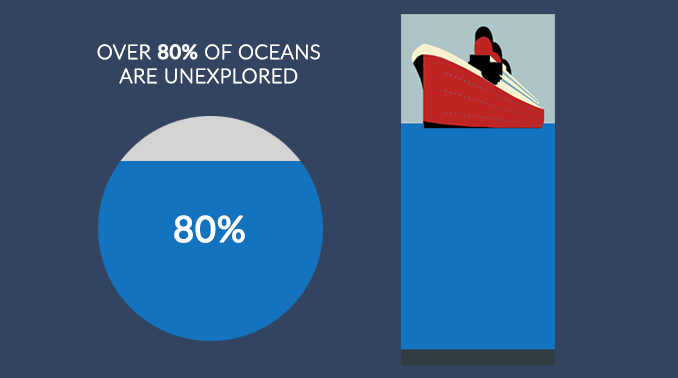
Ahoy matey! Let’s set sail in the deep-sea ocean
How much do we know about what’s underneath our oceans? We mostly use two types of technology:
- SATELLITES: Thanks to satellite technology, we’ve mapped 100% of our oceans at 5 km resolution using satellite radar.
- SONAR: If you account for shipping routes and scientific expeditions, we’ve mapped out about 20% with sonar.
What about the other 80%? The reality is that most of our oceans are totally untouched.
Here’s why we don’t know about ocean bathymetry. And why there’s a need for ocean exploration.
How to see the unseen ocean bottom

Even though 70% of Earth is covered by oceans, we don’t know much about the ocean seafloor. In fact, we’ve mapped our Moon, Venus, and Mars better than our oceans. Crazy, isn’t it?
First, oceans are harder to map out. This is because satellites don’t penetrate through water well. Whereas the moon and other planets are completely without water.
If a satellite uses radar, it’s only good for measuring sea height. In other words, radar can’t penetrate through water. But the Lunar Reconnaissance Orbiter spun around our moon. It was able to map the surface of the moon at a 100-meter resolution simply because the moon doesn’t have water.
If you want to capture ocean bathymetry and find the deepest points of the ocean, you’d have to use a boat-carrying sonar. It sends pings downwards through water. The longer it takes for the wave to return, the deeper the height.
“Overall, multi-beam sonar can capture ocean depth at about 100 meters resolution. But because this is only along a given path a ship travels, we’ve only mapped out about 20% with sonar.”
The need for ocean exploration
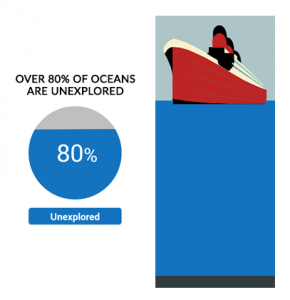
Why does spending money on space exploration far exceed ocean exploration? For example, NASA’s budget is a whopping $3.8B for space exploration. Whereas NOAA receives a sparse budget of $23.7M.
- SPACE EXPLORATION: Although the objectives of space exploration are worth pursuing (origin of the universe, space experiments and habitable planets with life), deep ocean exploration has tons of potential for breakthrough discovery.
- DEEP SEA EXPLORATION: Deep ocean exploration is designed to understand how life evolves in different aquatic environments. Our understanding of life forms and evolution has advanced because of deep sea exploration.
Every year, the ocean contributes $1.5 trillion to the global economy. As climate change becomes a reality, this is why we have to protect our marine environment which is core in CO2 sequestration and nutrient recycling.
The biggest drawback to studying our oceans is its high cost. For example, there’s a serious risk to deep-sea dives for health. This is why technological advances in deep-sea drones will unlock our ocean’s secrets.
Learn more about ocean exploration
If you’ve ever been on a beach, you’ve probably seen an endless stretch of ocean. But there is so much more out there than meets the eye.
The ocean is a vast and mysterious realm teeming with intricate ecosystems.
It contains a wealth of marine life and unexplored depths that continue to boggle scientists and marine biologists.
If you have any questions or comments about ocean exploration, please use the comment form below to let us know what’s on your mind. We’ll do our best to get back to you.

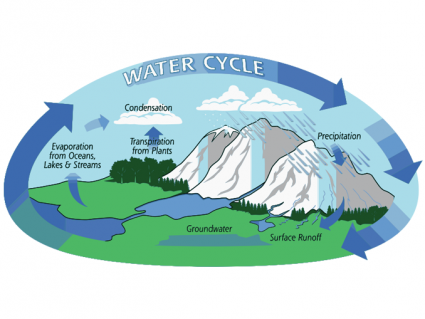
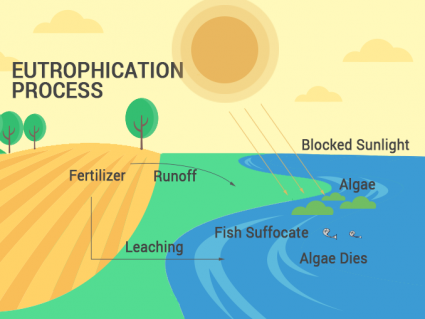
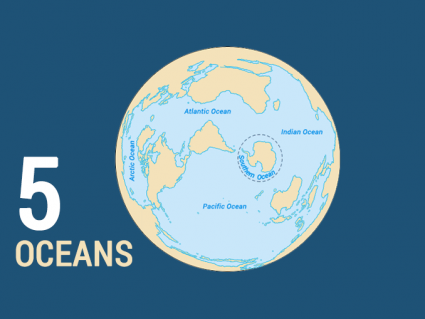

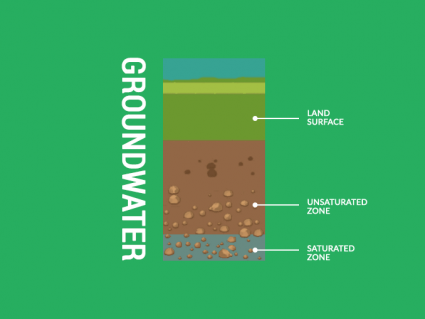
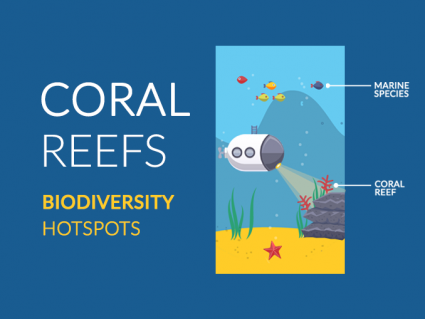
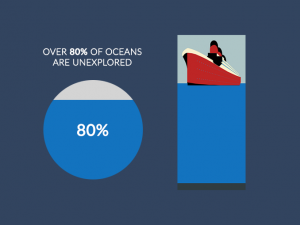
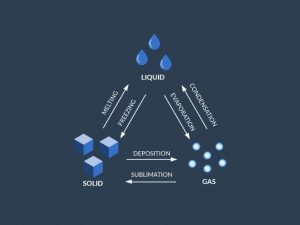
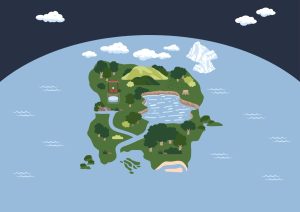
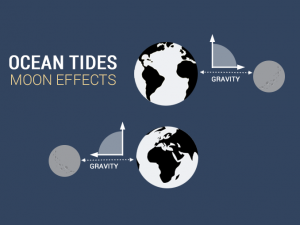
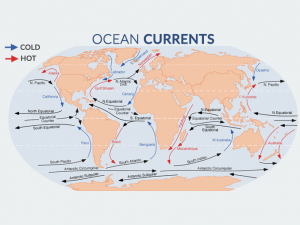
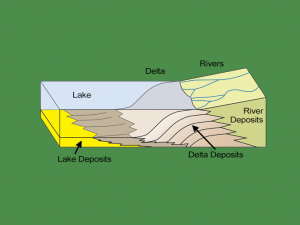

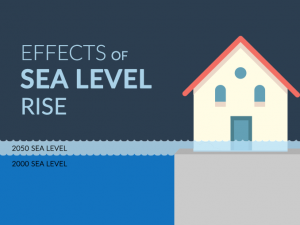
Here’s info on how to cite – https://earthhow.com/how-to-cite/
Any writer?